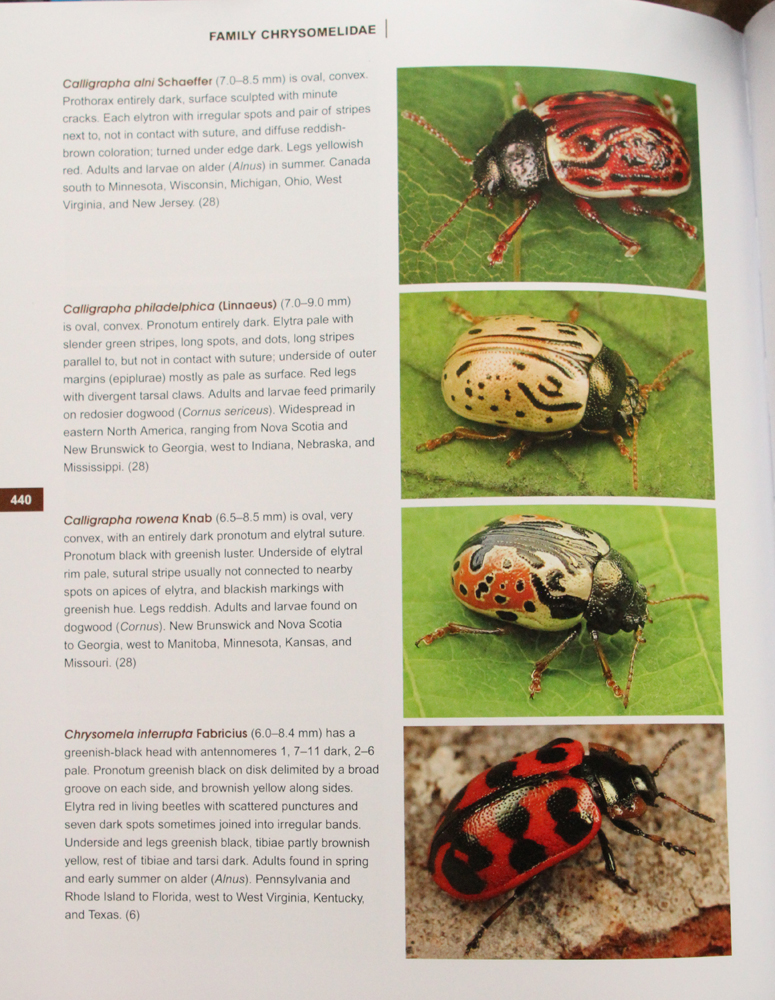Looking for that last minute gift idea? (Of course not, it's not December 23rd yet is it?) But if you were, what better idea than a fine selection from Princeton Books who are willing to provide review copies to blogging shills?
I've really enjoyed the Dragonfly book, I have focused more on Odes the last couple summers than I have birds. With that in mind, Beetles of Eastern North America.
I had no idea how many of them there are. There's a mere 115 families known from the region. The book estimates that 20% of all life forms (including plants) are a beetle of some form. With that in mind, it covers about 1400 bugs, many of them without a common name. They state that 1400 represents about 10% of the possibilities. It's a fairly heavy ~550 page book.
This is the layout, a page of fairly attractive things in the ladybug group
There's a nice intro describing strategies to find and attract beetles, not all of which are intuitive.
There's also a nice key to putting a bug into a general family; I would have appreciated something like this in the dragonfly book where I was essentially just page-whacking, thumbing through the book more or less at random trying to stumble onto the next section. They also include a ruler on the inside of the front and back cover, the lack of which was also a big critique I had of the dragonfly book. Somewhat disconcertingly, that ruler goes up to 7 inches (!).
I'm not sure that birders are the ideal target audience, dragonflies and butterflies are an easier leap. I think a person as interested in natural history in general may be more likely to embrace this menagerie.



1 comment:
The beetles you show on the open page are all beautiful and one's that I'm positive I've never seen - yet they exist in eastern North America. Attracting beetles? The methods may not be intuitive, but it's also possible to think how this might not be desirable. That part is interesting. We are so inundated with highly undesirable and highly invasive beetle species, that we are unaware of the good effects of our native beetles. I agree that beetles are a leap for us. But a book compilation of beetles - I can see where this may be a timely and important contribution to entomology.
Post a Comment